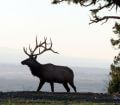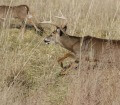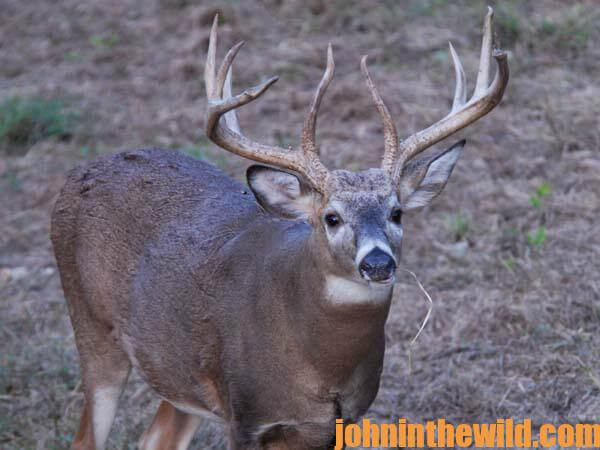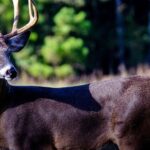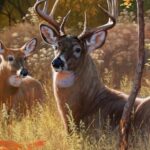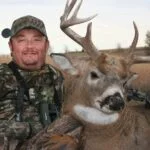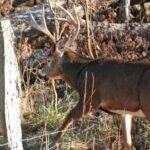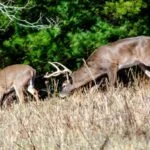John’s Note: There is some type of hunting available in all states. However, game species, hunting conditions, seasons and bag limits vary greatly across the nation. The smart hunter first will do his research and take advantage of all available sources of information relating to the deer hunting in the state where he is. Then he will select the equipment most suited to his region, develop hunting techniques that apply to his area and find out where to hunt. By following these steps to successful hunting, you will increase the likelihood of taking game. Try these suggestions, and watch your hunting results soar.
For the new hunter who really plans to jump into the sport with both feet three basic guns will span most of the North American hunting scene.
 Shotgun Sense:
Shotgun Sense:
For small game, waterfowl, upland birds and deer hunting, the 12 gauge automatic shotgun with a 26-inch barrel is an extremely good choice where permitted. For not much money, a sportsman can acquire two barrels for this gun – modified and full choke – and be ready for many kinds of hunting. My personal preference is the Remington 1100. I guess one reason I am so fond of that gun is because I have used it all my hunting life. It never has failed me. I have taken deer, turkey, squirrels, rabbits, doves, ducks, quail, woodcocks and snipes with the 1100, and it continues to give me good service. Although there are better gauges of guns for each individual species of animals you plan to hunt, I believe that the 12 gauge allows you to hunt more varieties with a greater chance of success. And, with a quality 12 gauge, you can customize your gun inexpensively to suit the species you want to hunt through the use of chokes.
The Big Rifle: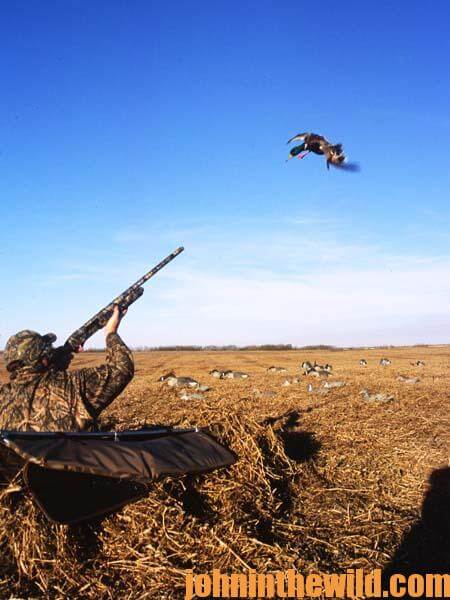
Calibers and ballistics make great topics for conversation around a campfire or a hunting-club meeting. However, if the sportsman must decide on only one center-fire rifle, it’s my opinion that the weapon with the most versatility should be considered. And, as important as versatility is the availability of shells. For this reason, the .30/06 is my choice. Once again for specific species of game, highly specialized hunters may favor other calibers. But most of the big game in North America can be brought down by this gun. The weapon can be bought with many actions in varying weights.
I like my Mannlicher bolt action, since this rifle fits my hunting style best. Once again it may be because I have grown-up with this particular weapon and have learned to depend on it. The bolt action seems not only to be more accurate than an automatic, but it also encourages the hunter to hold his shot until he is sure of a kill. Although I do shoot several other calibers, the .30/06 is my old standby. If I could have but one center-fire rifle with which to hunt, this would be my choice.
Rimfire Rifle:
I can think of no reason for a hunter not to own a .22 rifle. This small-caliber gun has probably been responsible for teaching hunting skills to more sportsmen than any other weapon on the market today. With the .22, the hunter learns to stalk in close to small game and to hold his shot, until he is certain of a sure kill. Most young hunters start out with a .22, and most veteran hunters return to the sport of small-caliber hunting later in life.
With a good shotgun a center-fire rifle and a rimfire rifle, a new hunter or a hunter unfamiliar with hunting in a new state will be well-gunned for most any species.
To learn more about deer hunting, you can get John E. Phillips’ Kindle eBooks, “How to Hunt Deer Up Close: With Bows, Rifles, Muzzleloaders and Crossbows,” “PhD Whitetails: How to Hunt and Take the Smartest Deer on Any Property,” “How to Take Monster Bucks,” and “How to Hunt Deer Like a Pro,” or to prepare venison, get “Deer & Fixings.” Click here to get these books.
About the Author
John Phillips, winner of the 2012 Homer Circle Fishing Award for outstanding fishing writer by the American Sportfishing Association (ASA) and the Professional Outdoor Media Association (POMA), the 2008 Crossbow Communicator of the year and the 2007 Legendary Communicator chosen for induction into the National Fresh Water Hall of Fame, is a freelance writer (over 6,000 magazine articles for about 100 magazines and several thousand newspaper columns published), magazine editor, photographer for print media as well as industry catalogues (over 25,000 photos published), lecturer, outdoor consultant, marketing consultant, book author and daily internet content provider with an overview of the outdoors.

